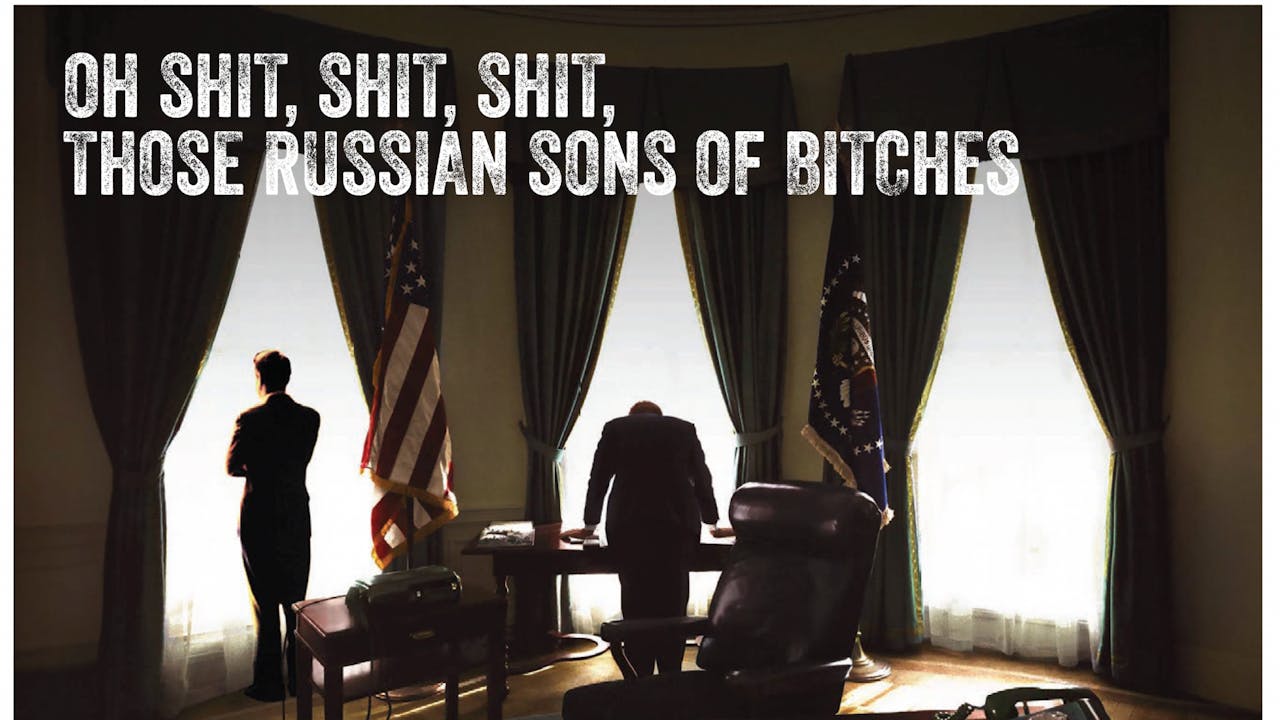Civil Air Patrol, Inc.
For more than 50 years, the Civil Air Patrol has aggressively performed the missions Congress mandated in 1946: Aerospace Education, Cadet Programs, and Emergency Services. Aerospace Education America's love of manned flight started with the Wright brothers and continues unabated during this century. World War II showcased the important role aviation would play in the future and national leaders recognized the importance of stimulating public interest in aerospace activities. CAP, as the civilian Auxiliary of the U.S. Air Force, was most suited to perform this mission. Their efforts focused on two different audiences - internal CAP members and the general public. Aerospace educators working out of CAP's National Headquarters at Maxwell AFB, Ala., provide materials that are current and reflect the highest standards of educational excellence. The congressional charter also tasked CAP to stimulate public interest in aerospace issues. These external programs are primarily conducted through our nation's education systems. These workshops highlight basic aerospace knowledge and focus on advances in aerospace technology. Textbooks, learning tools, and visual aids geared to stimulate interest in aerospace matters also are provided for teachers to use in their classrooms. Started in 1951, these workshops have reached hundreds of thousands of young people. CAP also plans and executes the National Congress on Aviation and Space Education. NCASE is the premier aerospace education conference held in the nation. The NCASE is designed to promote an understanding of aviation and space education to motivate and encourage teachers to incorporate aerospace education into their curriculum. It also encourages aerospace leaders to speak out on aerospace issues facing our nation today.
Civil Air Patrol
The Civil Air Patrol (CAP) is a nonprofit organization that serves as the official civilian auxiliary of the United States Air Force (USAF). It was established on December 1, 1941, during World War II to provide civilian air support to aid the war effort through border and coastal patrols, military training assistance, courier services, and other activities[1][2].
History
The concept of Civil Air Patrol originated in the late 1930s, with aviation advocate Gill Robb Wilson foreseeing the potential of civilian aviation to supplement military operations. Wilson, who had observed the grounding of civil aviation in Nazi-controlled territories, proposed forming a civil air defense unit in the United States[1][3].
Following the Japanese attack on Pearl Harbor, the U.S. government grounded most civil aircraft. However, Civil Air Patrol was formally established by Administrative Order 9 on December 1, 1941, under the direction of Major General John F. Curry. New York Mayor Fiorello H. LaGuardia, who was also Director of the Office of Civilian Defense, played a key role in CAP's creation[2][3].
World War II Contributions
During World War II, Civil Air Patrol conducted crucial missions, including coastal patrols to deter enemy submarines, aircraft warning services, and courier duties. CAP aircraft patrolled over 24 million miles, locating 173 enemy U-boats and engaging 57 of them with depth charges, though claims of sinking two submarines were later disputed[2][4]. Despite not being officially recognized for sinking submarines, these efforts significantly aided the war effort.
Post-War Developments
In 1946, President Harry S. Truman signed Public Law 79-476, incorporating Civil Air Patrol as a nonprofit organization dedicated to benevolent activities and excluding direct combat roles[1][5]. On May 26, 1948, CAP became the official civilian auxiliary of the newly formed United States Air Force[1][3].
Missions
Today, Civil Air Patrol is engaged in three core missions:
- Aerospace Education: Providing educational programs and resources on aviation to both members and the public.
- Cadet Programs: Offering leadership training and practical skills development for teenagers.
- Emergency Services: Assisting in search and rescue operations, disaster relief, and homeland security efforts[2][3].
CAP also supports the Department of the Air Force in non-combat programs and collaborates with other agencies such as local law enforcement and the American Red Cross[1][2].
Organization and Operations
Civil Air Patrol operates as part of the Air Force's Total Force initiative alongside active duty, reserve, and guard units. Members wear Air Force uniforms and are tasked by the Secretary of the Air Force. The organization includes senior members and cadets from diverse backgrounds. Its structure includes local squadrons, wings, and regional commands under national headquarters[2][4].
Legacy and Recognition
Civil Air Patrol's contributions have been integral to national defense and community service. Many former cadets have gone on to serve in the U.S. Air Force Academy and other military branches[3]. The organization's activities continue to emphasize patriotism, education, and service, embodying its motto "Semper Vigilans" (Always Vigilant)[2].
Edit WikiICO
841250872
Web
Sign in to see organisation website
Traffic
147962
From Social media
News about from their social media (Facebook and X).
Data about organisation
Join us and make a difference for the future!
Sign Up
Please fill in your information. Everything is free, we might contact you with updates (but cancel any time!)
Sign in with GoogleOr
Good News
Congratulations to Alex Miller for being recognized for the education-based approach in pelvic floor recovery—empowering individuals to strengthen their core and improve wellbeing! 🌟 #HealthMatters #Empowerment
Pelvic Floor Strong by Alex Miller Recognized for Education-Based Approach to Core and Pelvic Floor Recovery
Benzinga
Like Comment"Exciting times for journalism! 🌟 Thomas Jacob from WAN-IFRA emphasizes the importance of balancing tech adoption with journalistic integrity. As the media landscape transforms rapidly, let's embrace change while staying committed to quality reporting! #MediaInnovation #Journalism"
WAN-IFRA's Thomas Jacob on balancing tech adoption with journalistic integrity
The Drum
Like Comment






